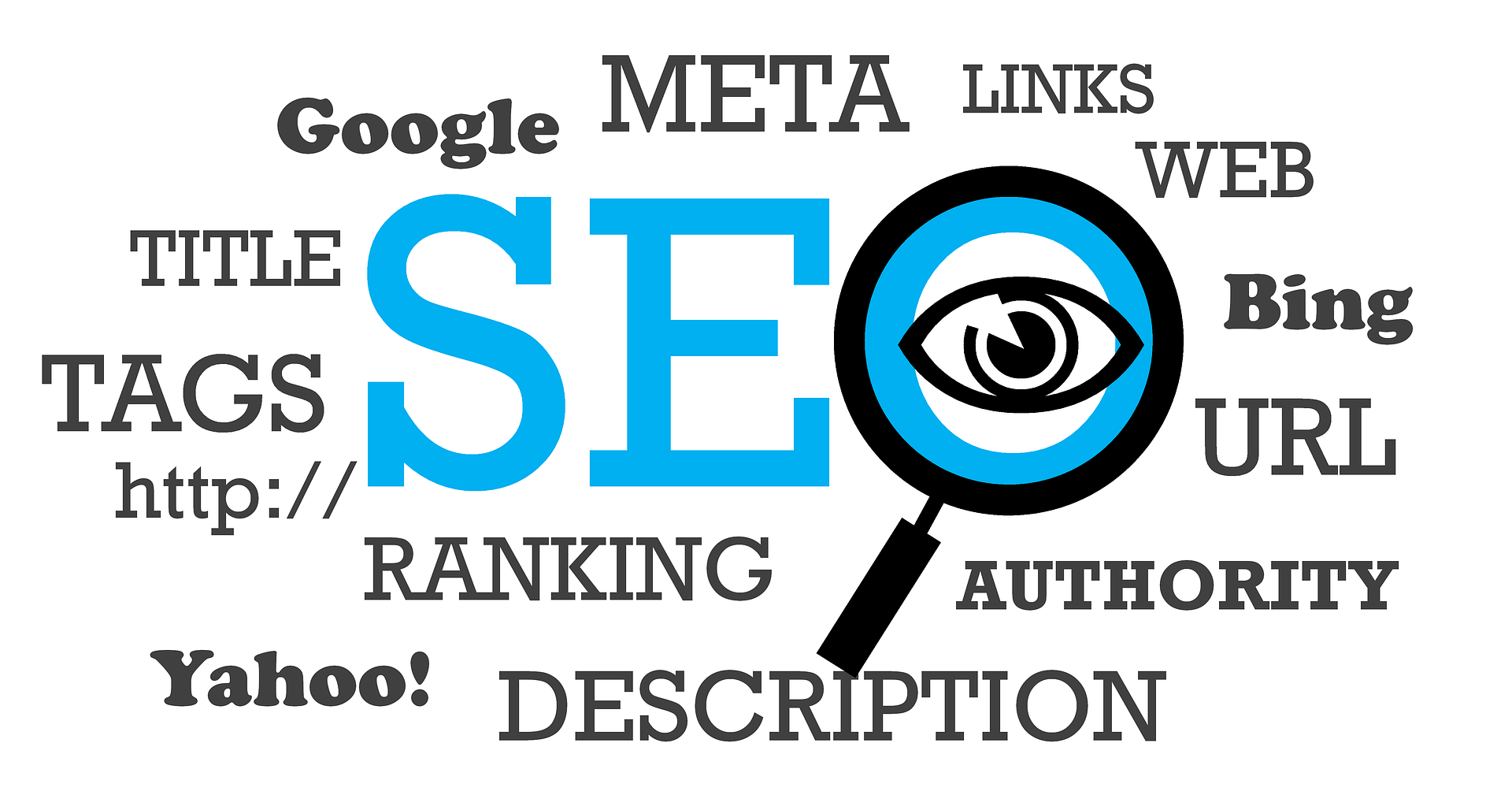Think there’s no difference between marketing as a B2B and a B2C company? Well, you’re wrong. It’s a different kettle of fish entirely.
When I first got started in the digital marketing world, I was writing website content for small to medium B2C companies. This required an understanding of the end-consumer, someone not so dissimilar to me. What I had to do was tap into their emotions, appeal to their needs, desires and even weaknesses.
Considering I had a whole lifetime of experience as a customer, it wasn’t too difficult.
When I then transitioned into a role that required me to understand the mindset of a B2B company’s target audience, it was a mind warp. There were a number of things that worked differently: the buying cycle, the language and use of jargon, the appropriate marketing channels, the tone of voice and the style of content delivery.
Marketing B2B sites after marketing B2C sites requires a kind of unlearning that you don’t just get to do all at once. And, while you’re doing the unlearning, you simultaneously have to do the learning, gaining an excellent knowledge of the industry, the target audience (specific people within the different companies) and the best way to reach this audience. B2C is comparatively easy.
According to Sean Geehan, author of ‘The B2B Executive Playbook’, there are three realities that distinguish the B2B world from the B2C world:
1. The fate of a B2B company rests in the hands of relatively few customer companies
This is a major difference between B2B and B2C companies and it means that losing a customer for a B2B company has a far greater impact on revenue. Consider the following tables, taken from Geehan’s book:
Compare the number of customers for the B2C company with the number of customers for the B2B company. Now, consider this: for many B2B companies, 60% of the revenue is generated by about 3 core customers. In the case of Celestica, losing 2 top customers results in a 15-30% decline in annual revenue.
However, if 1,000 people stop visiting Starbucks in favour of another coffee company, it makes almost no impact on their revenue.
2. The fate of a B2B company rests in the hands of just a few people
Here’s what that means: in a B2C company, the fate of the company is decided by hundreds of thousands if not millions of customers, many of whom act as individual agents and who make all the decisions.
In the case of a B2B company, the fate of the business is decided by a few key players within each customer’s organisation – the decision makers, the influencers, the purchasing agents and the users. The latter two to a lesser extent.
This is a small group of people that get to decide whether or not your annual revenue stays on target. And the question is, do you know who makes the final decisions and you catering to their needs?
For B2B company LexisNexis, the breakdown is as follows: there are 300 end users, 7 influencers, one purchasing agent and one decision maker. It’s worth noting that these players are not all equal in importance. Each one provides a different level of input when it comes to the final buying decision.
Your job is to understand who these people are, how they think and what they make decisions based on. Only once you do this can you get your marketing right and provide them with the materials they need in order to feel they’re making an informed decision.
Here’s a brief overview of how these four roles breakdown:
Users – while these people are important to the final buying decision – after all, they use the product – they don’t typically make the decision or have as much impact on it as others within the company do. There may be thousands of users within any organisation, many of whom will have little power, who cannot renew sales, upgrade solutions or decide to switch to someone else.
Purchasing Agents – the same is true of purchasing agents who do not usually make the final buying decision. Rather, they manage the procurement process. Unless you’re competing on price, you’re simply going to need to ensure that for this group, your features and benefits are clear.
Influencers – involved in the buying decision, these people are responsible for evaluating available solutions. Their job is to figure out if the B2B company can do what it claims to be able to do. There are usually a few of these people within each company and it’s important to satisfy all of them.
Decision Makers – usually presiding at the top of the organisation, these are the people that have the final say. They listen to the influencers and the purchasing agents and ask themselves questions that will instil confidence in the final decision: ‘Will I enjoy working with this seller? Will they deliver what they promise? Will the product resolve any issues? Can I trust its people?’ The number of decision makers differs within each organisation and it can be as little as 1 or as many as 20.
Given that there are so many people involved in the final sale, it may initially feel intimidating. However, once you understand how these people impact on the final buying decision, you may be able to better target your marketing to the correct audience – primarily influencers and decision makers.
3. B2B companies rely upon the knowledge and acumen of customers
“In the B2B world, your customers may not be familiar with your offerings per se, but they usually know their industries better than those who supply it, and they know how to evaluate your solutions in light of their needs” – Sean Geehan
This means they are not going to be swayed by marketing speak, they’re going to evaluate your solutions in light of their own needs, they’re going to compare, benchmark and test your offerings and they will often likely seek recommendations or references to validate their findings.
In order to improve your offerings and the way in which you go about packaging your solution, you need to get an in depth understanding of your customer’s needs, requirements, priorities, operating environment and industry. You need to understand these things almost as well as your customer does. This is very different to catering to a B2C audience, which will be more varied and require a broad rather than in depth understanding.
B2B Marketing: a different kettle of fish to B2C
Given these 3 realities of operating a B2B business, what can you do about your marketing?
B2C companies require an understanding of their target audience at a much higher level that B2B companies. Often, they will also be tapping into more primal emotions – greed, lust, envy, etc – in order to appeal to their audience.
This means that ‘packaging and marketing’ have a far greater impact on this audience who may be making impulse buying decisions based on subconscious desires.
Important information for B2C customers includes:
- Direct reminders – email, flyers, brochures, discount coupons and more are great ways to remind customers that you’re there and that you have something they may want.
- Strong branding – a strong brand identity will help to instil a desire to own the product or to be an indirect part of the company. Videos, social content, web content and advertisements are typically used in conjunction with an appealing tone of voice to create this identity.
- Social – opinions of friends and their community. Social media platforms are a quick way to tap into those primal emotions – envy because a friend has something, lust because it’s new and cool, ownership because it infers a certain status.
B2B companies on the other hand need to understand fewer companies in greater depth and more generally, avoid marketing speak, understand the individual industry in depth, segment and tailor marketing to the influencers and the decision makers and be upfront about the solution on offer.
Important information for B2B customers includes:
- Detailed and clear information – whitepapers, research papers and detailed product/ service pages and descriptions will typically be used to convey information in order to help influencers make informed decisions.
- Company validation – in order to justify a decision and to ensure that a company can do what it says it can, clients will want to make sure there are others that already use the product/ service and that are happy to recommend it. Access to current customers will be important as potential customers may want to ask for references. Product reviews, ratings and general community opinion may also contribute toward the final decision.
- Potential for a long-term relationship – given that many B2B companies will be providing long-term solutions, a potential customer will want to make sure they can work with them. This will mean that communication needs to be good, general relationships need to be professional and comfortable and that the potential client feels the company has a vested interested in their success.
Naturally, there are tens of channels that will suit both B2B and B2C audiences. The key to success will be down to how these channels are utilised in order to suit the target audience.











